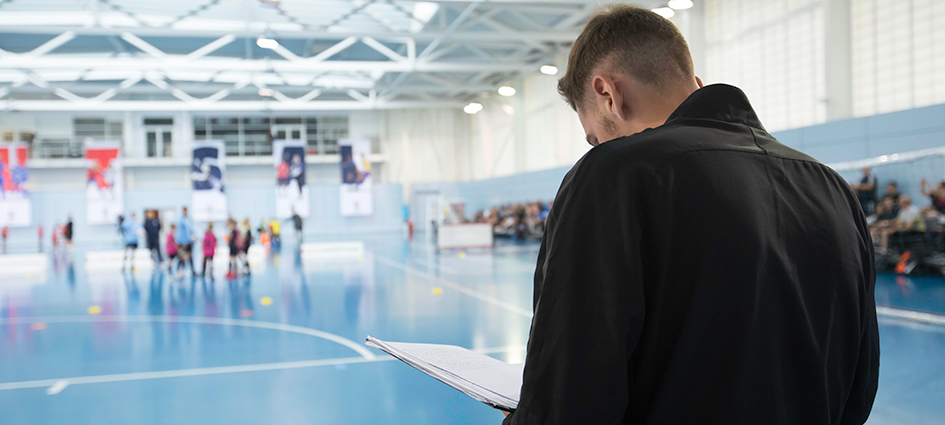
Developing the art of noticing
- Ceri Bowley
- 07 March 2019
Ceri Bowley asks coaches to consider what they are looking for when they watch a practice session or game.
The coaching process is an ongoing cycle of performance and practice, within which a coach is required to evaluate, intervene, and feedback information to players with the aim of promoting learning and improving performance.
In order for a coach to effectively evaluate, intervene, and feedback, they must first be able to competently observe in order to understand what is happening in training or a match. Accurate observation informs the decision-making process leading to the selection of the appropriate action or intervention. In other words, what you see dictates how you act.
Research suggests that experienced football coaches have been shown to be able to recall just 59.2% of the critical events occurring during 45 minutes of football performance (Laird and Waters, 2008). This lack of recall accuracy will no doubt reduce the accuracy of coaching feedback and decision-making and inhibit player learning and development.
In addition, the complex nature of coaching demands that each player’s differentiated learning style is addressed. This means that coaches need to be able to observe what ignites a player’s interest and maintains their engagement with the task.
It would seem then that developing observation skills are of paramount importance to a coach, so how can they be developed?
Noticing can be seen as a natural act, something we do automatically everyday through using all of the five senses. As coaches we are exposed to a vast amount of stimuli and it would be impossible to notice all of it.
Instead we get drawn towards certain stimuli that we think have the most relevance and these become what we notice. Although we feel sensitive to what is going on around us, there will be much more that we have failed to give attention to. Therefore, how can we be sure that we notice the right things to inform our action?
Developing observation and noticing
Ceri Bowley is a football lecturer at the University of South Wales. This article was first published in The Boot Room magazine in December 2015.


